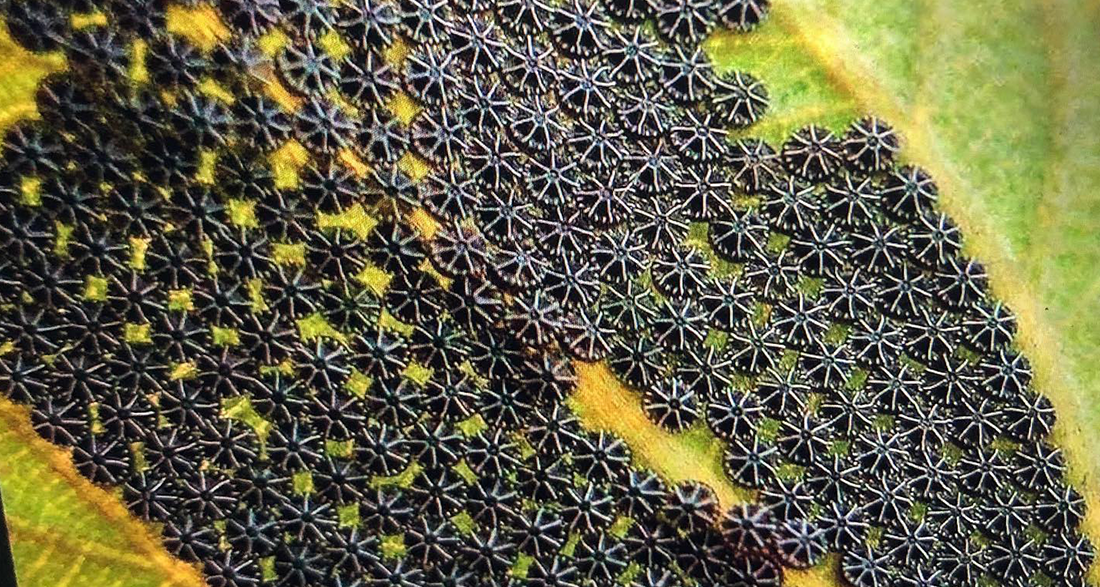You always know where to find me, right? Yep, in my garden. I love gardening. Watching plants grow and seeing your hard work pay off is so satisfying. But let’s be honest, it can be tough. One of the biggest challenges? Dealing with bugs. Sometimes it’s hard to know which bugs are good and which ones will ruin all your hard work.
I recently saw a picture on social media that captured this confusion perfectly. At first, it scared me. The photo showed a leaf covered in tiny, detailed black geometric patterns. It looked like the leaf was wrapped in some alien net or infected with a weird disease. Many others, like me, were curious about what it was.
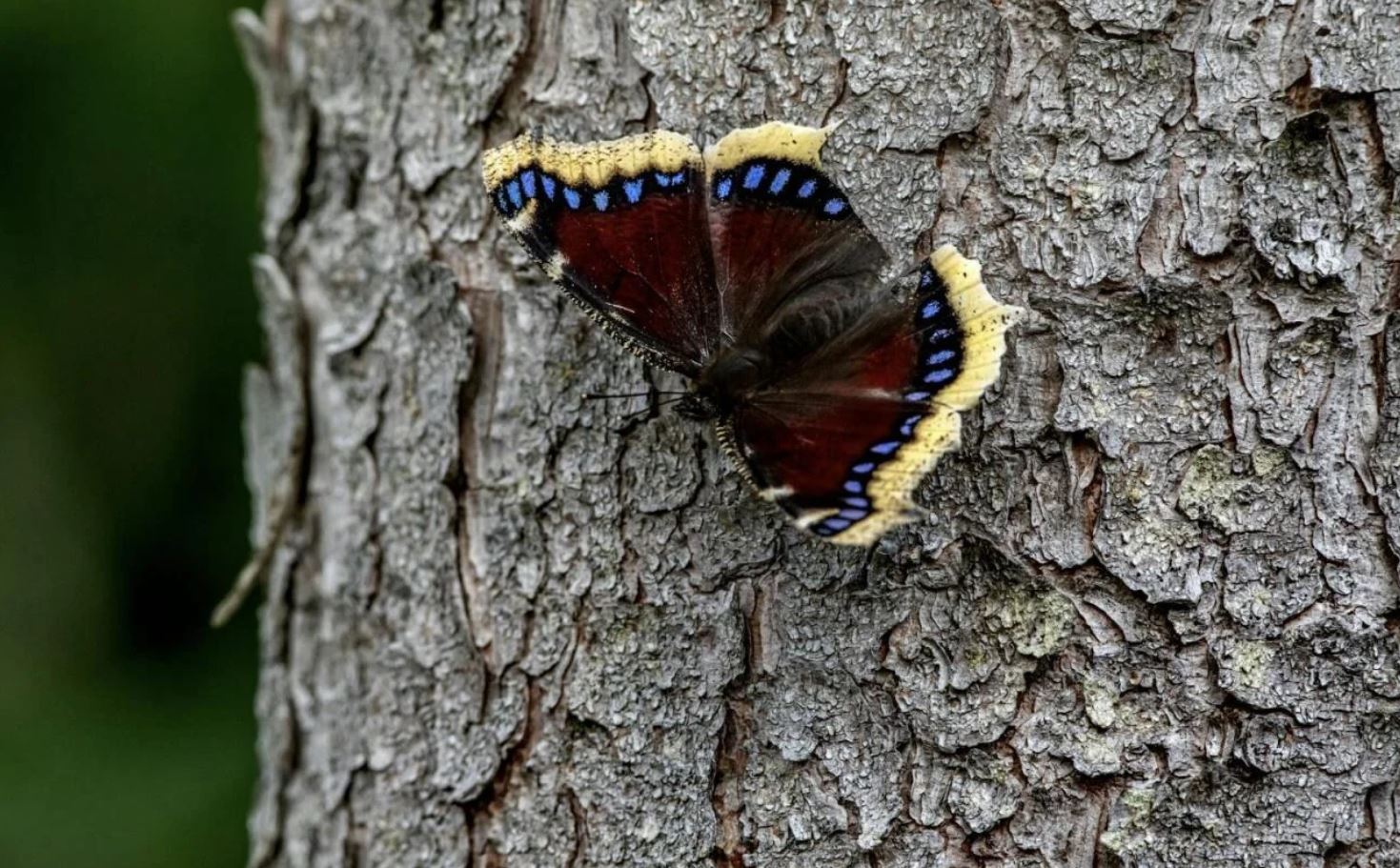
After some research, I found out those strange patterns are actually the eggs of the Mourning Cloak butterfly, scientifically known as Nymphalis Antiopa. If you haven’t heard of them, let me introduce you. The Mourning Cloak butterfly is a fascinating insect with a unique life cycle and some interesting features.
Let’s start with the eggs. The close-up picture I saw showed these eggs on a leaf, looking like a thin layer of fine black lace. Once you get over the initial shock, it’s actually quite beautiful. The eggs are laid in clusters, and each tiny egg is a marvel of perfect geometry. My first thought was, “This is either going to be really good for my garden or really bad.”
Luckily, there’s good news. The Mourning Cloak butterfly has some benefits. While the caterpillars, or larvae, do eat leaves, they usually prefer willows, elms, and poplars. So if your garden is full of veggies and flowers, you should be safe. These butterflies also feed on decaying fruit and help with decomposition, making them quite beneficial.
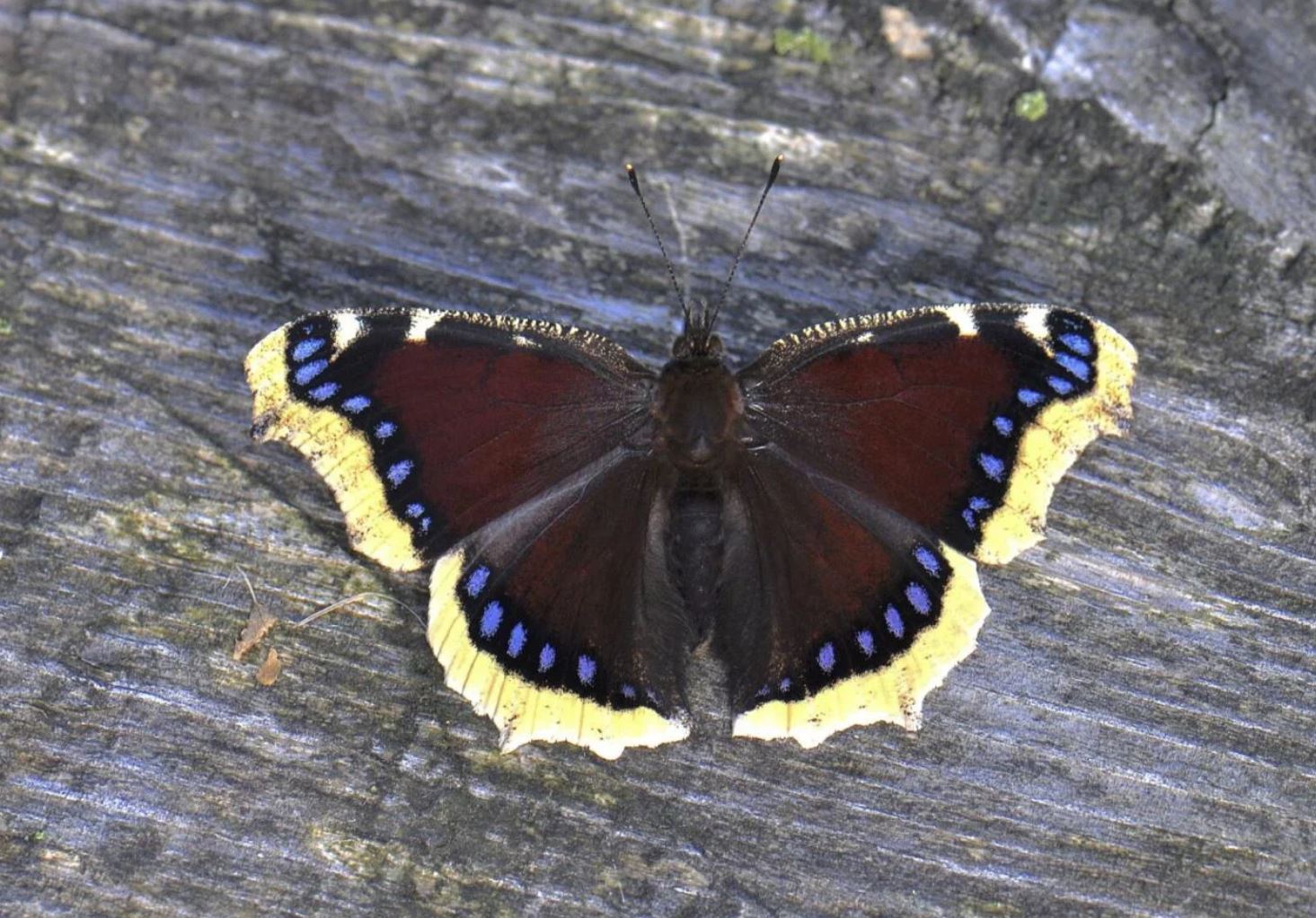
Watching these butterflies go through their life cycle is fascinating. The caterpillars hatch from those strange, intricate eggs. They are black with tiny white dots, and their bodies are bristly and spiky. They go through several stages called instars, growing bigger and shedding their skin each time.
When they’re ready to become adults, the caterpillars find a safe place to pupate. They transform inside a chrysalis, which looks like a tiny sleeping bag. Depending on the environment and time of year, this stage can last a few weeks or several months. When they emerge, they are beautiful Mourning Cloak butterflies with dark, velvety wings dotted with blue and edged in bright yellow.
One of the most interesting things about Mourning Cloak butterflies is their behavior. Unlike many other butterflies, these guys hibernate in winter. They find a cozy spot under an old shed, beneath loose bark, or in a woodpile. They are some of the first butterflies to appear in spring, often before the flowers even start to bloom.
Their early arrival and dark, somber wings give them their name, “Mourning Cloaks,” because they look like a mourning garment against the stark early spring landscape.
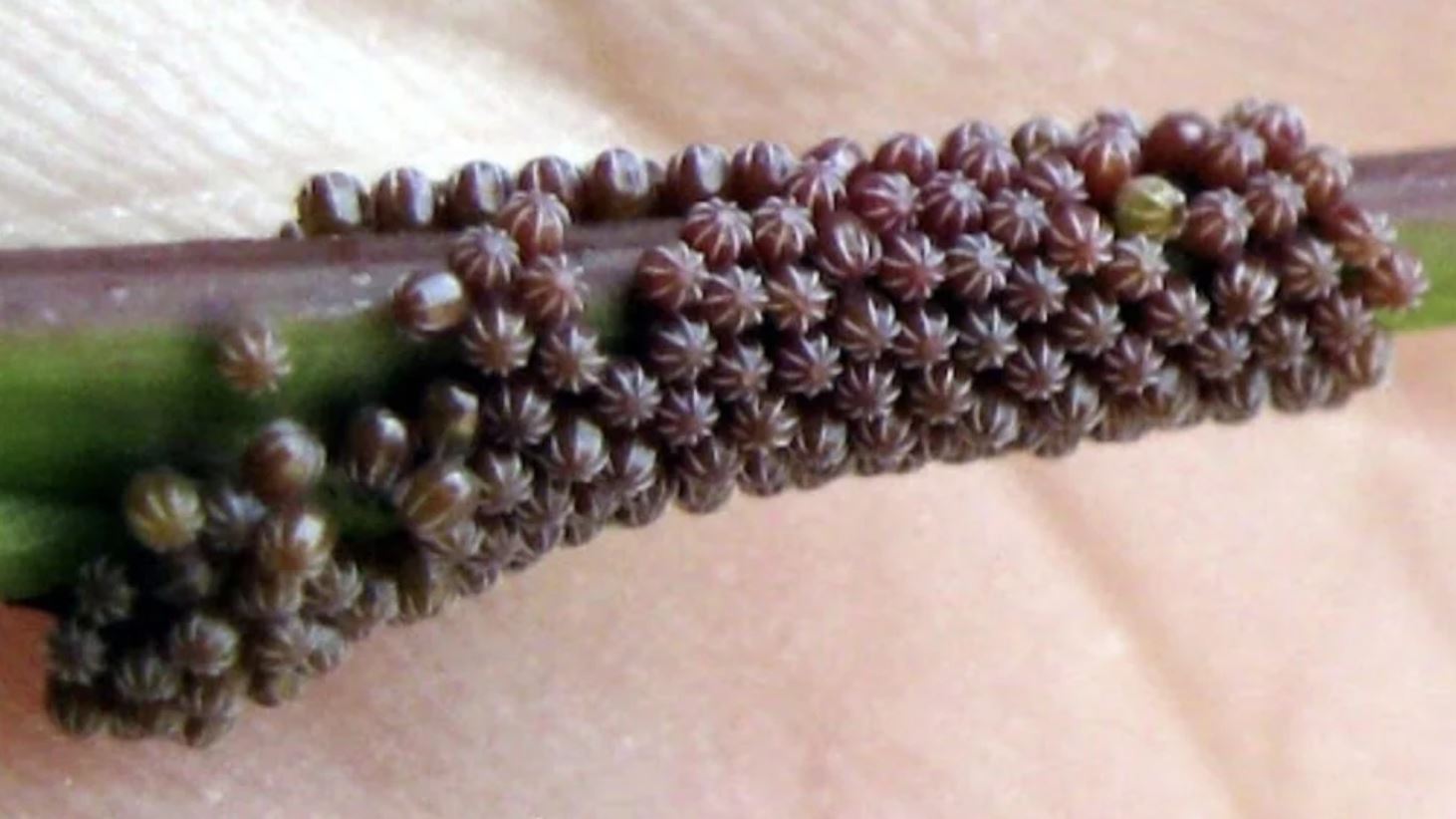
As gardeners, we often worry about how insects will affect our plants. Seeing caterpillars can make us fear they’ll eat everything. But it’s important to step back and look at the bigger picture.
The Mourning Cloak butterfly is a great example of nature’s balance. The caterpillars will eat some leaves, but they won’t destroy your garden. In fact, by providing a home for these butterflies, you’re helping the ecosystem.
So, what should you do if you find these caterpillars or eggs in your garden? I suggest leaving them alone. Enjoy the process and watch the transformation. If you’re really worried about your plants, you can gently move the caterpillars to a tree or shrub where they’ll be happy and less likely to munch on your precious blooms.
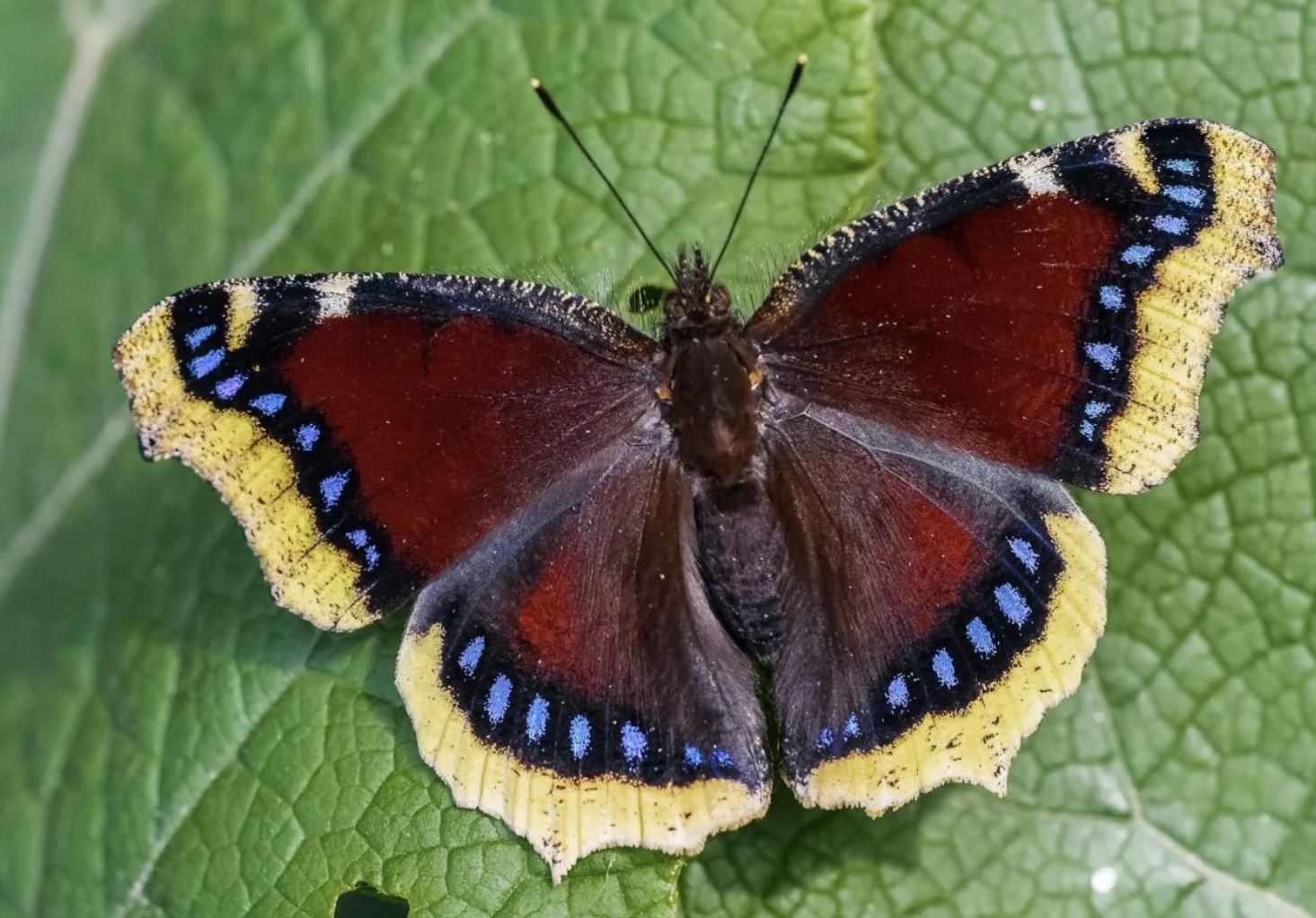
Gardening is all about balance. It’s about living in harmony with the creatures that share your space and the plants you love. Next time you see something unusual in your garden, take a moment to investigate before reaching for the pesticide. You might discover something truly amazing, like I did with the Mourning Cloak butterfly eggs.
In the end, it’s all part of the adventure. The rewards and challenges of each season are what make gardening so fulfilling.
Share your thoughts in the comments down below!

